Just like our budget or cleaning the house, our physical condition can get away from us. When I assess individual mobility, it’s almost shocking how naive or ignorant people can be about their own bodies. They can tell you to the penny what dinner cost, how much is in their bank account or the interest on their leased vehicle, but the fact that their calf muscles are tighter than the lug nuts on their car is of no importance to them. They will tell you-
– It doesn’t matter.
– That’s their doctor’s job.
– They don’t have time.
I say, “Well how is that working for you sling blade?”, when I see them limp or cringe with pain as they pick up something.
Here is a method I use and subconsciously, many physically engaged subjects use to asses their condition, injuries or shortcomings. I call it Bedroom Mobility because it sounds sexual and sex sells better than anything.
When you wake up, you should spend the first five to ten minutes, not beating up the alarm or cursing your boss or life. You need to take an inventory of your body and figure out what is going on. Let me be clear. I am not suggesting rigorous stretching of the body upon waking. That action, based on research from Dr. Stu McGill, is not the smartest thing to be doing. What I am suggesting is being aware of aches, pains, limitations in motion, soreness from work or workouts and the overall feeling of recovery.
- The first thing is to feel for pain. Is this from injury, impact, disease or a hard training session. What about numbness or lack of feeling? Those should be addressed by a physician.
- Move your head side to side on the pillow. Is your jaw tight from grinding your teeth? What about the range of motion in your neck? Is one side more restricted than the other?
- Rotate slowly, your shoulders and thoracic area. Feel for kinks, tightness, soreness and restrictions.
- Put your hand on your abdominals and figure out if you are still fat. If so, address your caloric intake.
- Open and close your hands. Those who do manual work may have stiff joints or bruises that limit smooth movement.
- Move your lower back gently through mild flexion and extension. Is this causing you pain?
- Slowly flex your thigh onto your chest. Do not pull or stretch. Just take note if it hurts or if it’s restricted and tight. You can grab the thigh and lower leg together and mildly rotate the thighbone [femur] in it’s socket.
- Rotate the feet to examine ankle function. Both clockwise and counter clockwise. Reach down and massage the sole of the foot feeling for sensitive and painful areas. Pull the toes into flexion and extension. Loss of function here will have an effect on walking, running, standing and jumping.
- Time to roll on your stomach. If this causes pain or is difficult, try to determine what area is giving you problems.
- Lying prone, rest with your arms out, held at 90 degrees, like you are being held up by mugger. Is this difficult? Is there restrictions in your chest, shoulder or upper back?
- Turn the head to the right and lay flat. Repeat to the left side. Is either position tighter or painful?
- Move the arms behind the body to the low back. Imagine you are a big Samoan guy on COPS and they are trying to get your wrists in the cuffing position. Does this make your shoulders or back hurt?
- Move to a more relaxed face down position and bring your heel as close as you can to your buttocks. Don’t reach back and force it there. Just move it. Notice the difference between each leg. Notice if it makes your knees hurt, your hamstrings cramp or your low back tap out from ungodly pain.
- Reach back and grab your butt. If you are still fat, reduce your caloric intake and do more squats.
- Resting face down is putting the spine in a bit of extension. Considering we spend 12 hours a day in flexion, this might not be a bad idea.
- Breathe in through the nose and out through the mouth. Work on pressing your belly into mattress or concrete. [wherever you slept that night]
- Pull your right knee to the side and up towards your head as far as possible. See how tight your groin and hip are. Do the same with the left leg and examine the difference.
- Check your pulse. This may also be inserted as the first item. Make sure you have one. Then count it. You can do it for 6 seconds and multiply it times ten to get a rough estimate of waking pulse. We know the routine,.. higher than normal means to back off from training and add some recovery drills.
- Now the kinky part. Check yourself for unusual lumps, bumps, sore spots, blemishes, rashes or irritation. These could be signs of a rough, rugby, match, wild romance or even cancer. You would be shocked with how ignorant people are of their own bodies.
- Lastly, how do you feel? Have a headache? Nauseous? Dizzy? Loud clanging noises in your ears? Take note, take action.
That’s the physical part. The spiritual part is this. If you, upon waking, notice the aromatic smell of rich, coffee,.. the image of Scarlett Johansson or Brad Pitt serving it to you as you examine the 1500 thread count sheets in your hotel room,.. good job.
If you kick off urine soaked rags and cardboard boxes as you scramble on the concrete behind Dollar Store looking for your lost molars, you may have some work to do. Perhaps focusing on Positive Affirmation and the Laws of Spiritual Success would be of help.



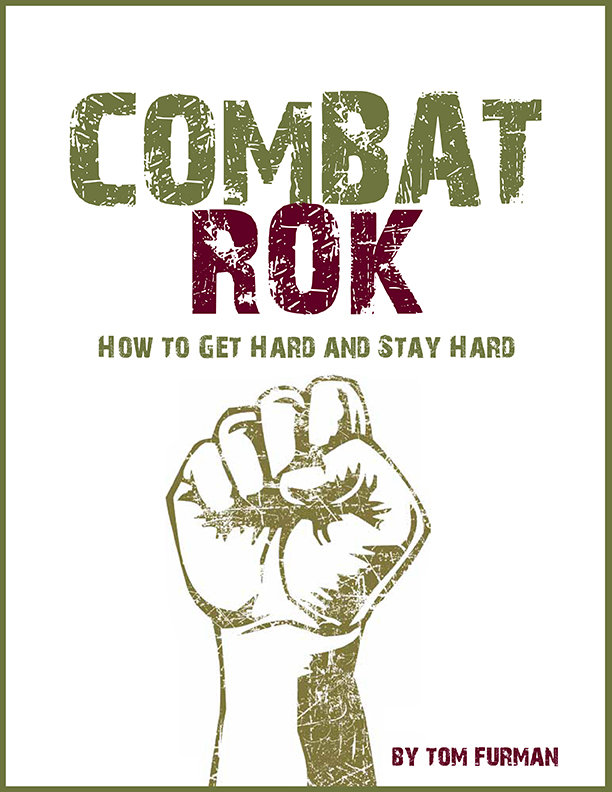
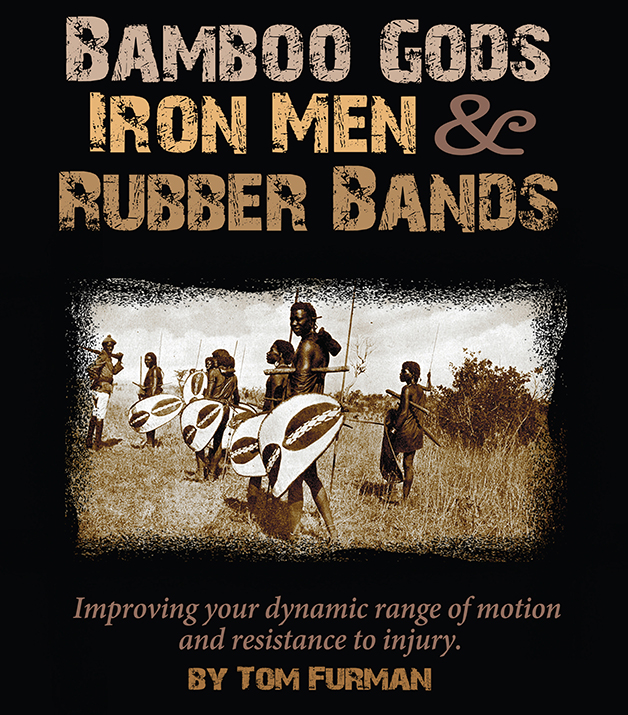
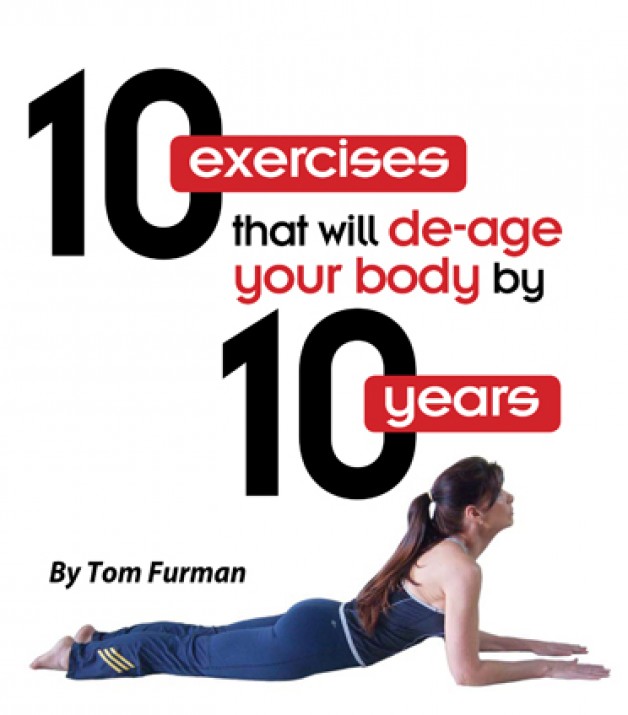
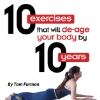




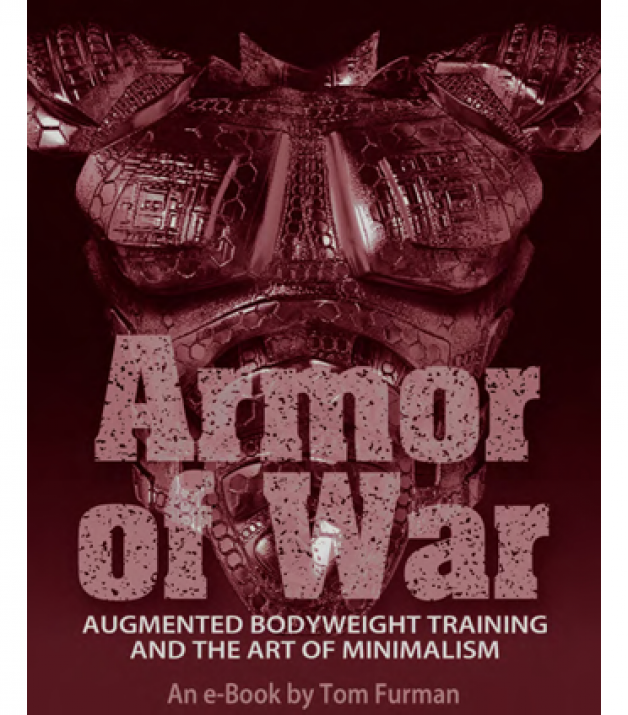

Trackbacks/Pingbacks